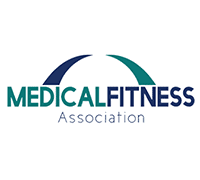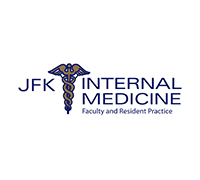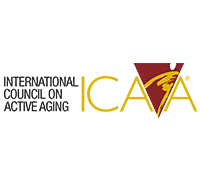What You Need to Know About Hormone Replacement Therapy
What You Need to Know About Hormone Replacement Therapy
What is hormone replacement therapy (HRT), is it safe, and does it work? Here’s what you need to know about HRT, its benefits, effects, and how it can help you restore vitality.
If you are suffering from low testosterone, HRT may help with the following:
Increased Energy
& Stamina
Increased Sexual
Performance
Performance
Increased Sex
Drive
Drive
Increased Joy &
Happiness
Happiness
Increased Muscle
Mass
Mass
What You Need to Know About Hormone Replacement Therapy
Levels of hormones such as estrogen and progesterone fluctuate naturally as human beings age. But in many people, a hormonal imbalance can cause painful symptoms and disrupt their day-to-day life.
The onset of menopause is one major life event that can bring with it hot flashes, dryness, and night sweats. Hormone replacement therapy is commonly prescribed as a treatment for hormonal imbalance due to menopause and other causes. It’s also used as a gender-affirming treatment for transgender people.
Read on to learn everything you need to know about hormone replacement therapy: what it is, what it’s used for, the risks and benefits, and answers to some of the most frequently asked questions about HRT.

HRT Can Help With:
What is Hormone Replacement Therapy?
Hormone replacement therapy, or “HRT,” refers to a group of medications that are taken to replace or supplement certain hormones. The goal of HRT is to relieve the symptoms of hormone imbalance and to improve overall health and well-being. The relief of these symptoms is often associated with better sleep, which can in turn reduce irritability and mood swings.
While HRT is most often prescribed during menopause, people of any age might be candidates for HRT if their doctor prescribes it for a variety of reasons, including as a gender-affirming therapy.
The most common forms of HRT are oral hormone medications taken by mouth.

HRT can involve taking:
What are Hormones?
Hormones are natural chemicals in the human body that are responsible for the development, growth, and maintenance of the body’s different organs, tissues, and systems. They are produced and regulated by the endocrine system.
The endocrine system produces and releases hormones in the:
The hormones used in HRT are estrogen and progesterone.
How Do You Know if You Have a Hormonal Imbalance?
There are a range of symptoms associated with hormonal imbalance that you can look out for, but not everyone notices these symptoms first. A routine blood test can also alert you to an imbalance in estrogen or progesterone.
Menopause, which typically occurs for women between the ages of 45 and 55, is the most common cause of insufficient levels of estrogen and progesterone, but it is certainly not the only cause.
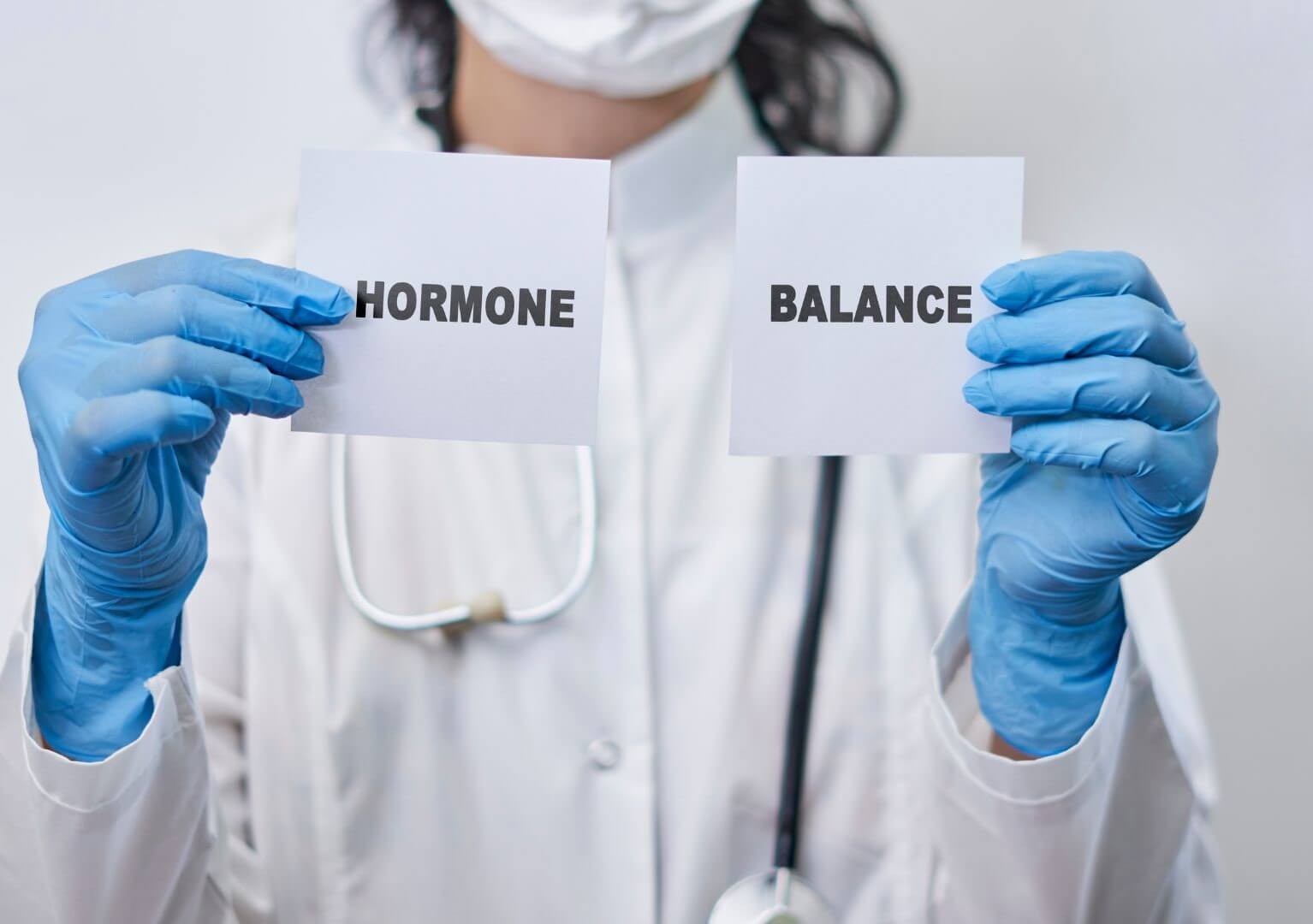
What Impacts Estrogen Levels and Imbalance?
Estrogen plays several roles throughout the body, most related to the female reproductive cycle. It helps stimulate the growth of egg follicles, maintains the thickness of the vaginal wall, maintains the mucous membrane lining the uterus, and helps form breast tissue. The ovaries and adrenal glands produce estrogen in early life and during pregnancy. During menopause, they produce little to no estrogen.
Many of these are common symptoms of menopause.
How Does HRT Work and How is it Administered?
Hormone replacement therapy works by providing the body with the hormones it is missing. Different doses are used depending on the cause of the hormonal imbalance, as well as any risk factors relevant to each individual patient. Treatment can last from a few weeks to several years.
Hormone replacement therapy comes in a few different forms, from pills to topical creams. A doctor will be able to discuss which form is best for you.
What are the Uses and Benefits of HRT?
For many years, HRT was used primarily to treat symptoms of menopause. More recently, doctors have recognized that HRT can be beneficial for a range of conditions other than menopause, including as gender-affirming therapy for transgender patients and conditions including osteoporosis, cardiovascular disease, and possibly even Alzheimer’s.
Today, hormone replacement therapy has a wide range of recognized benefits:
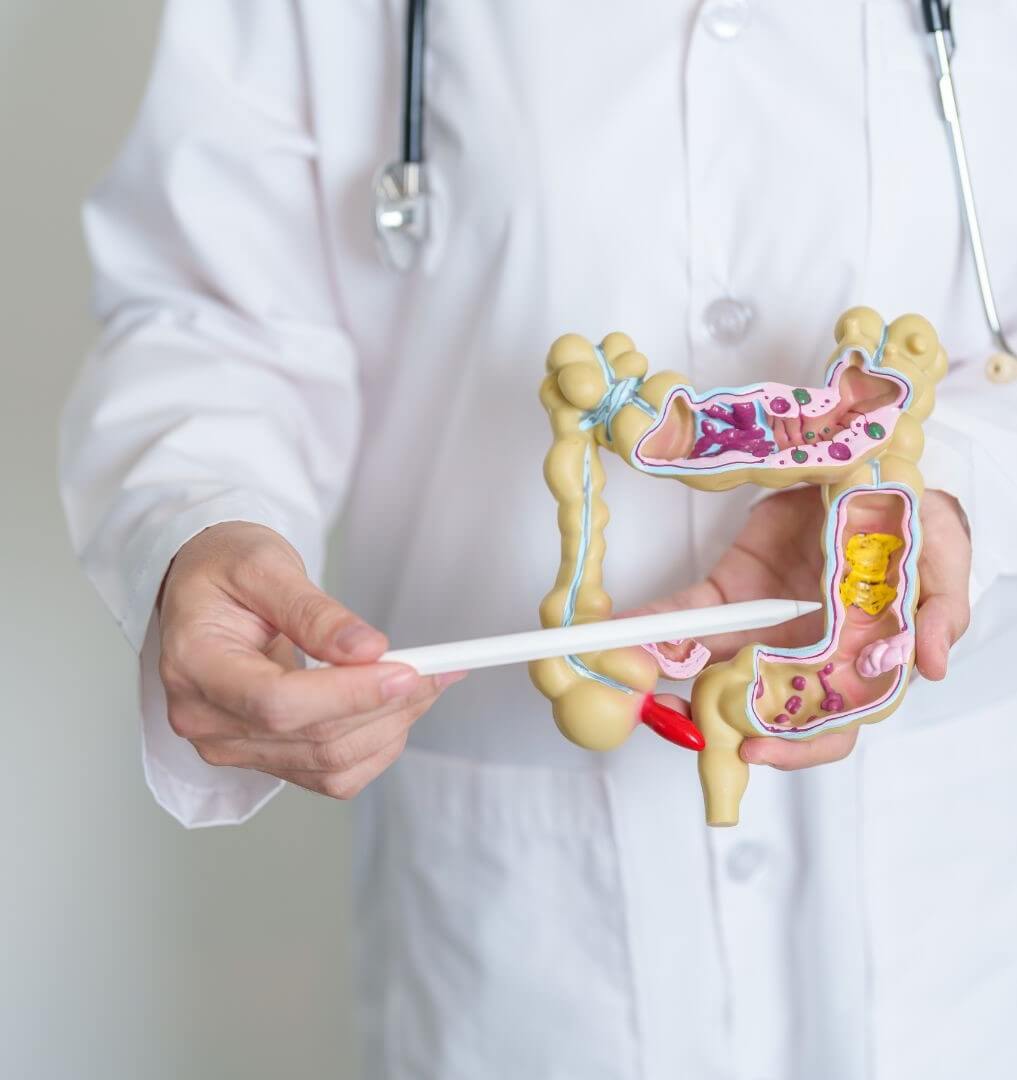
What are Risks and Side Effects of HRT?
As with any medical treatment, hormone replacement therapy comes with risks and potential side effects.
FAQs About HRT
Answers to some of the most frequently asked questions about hormone replacement therapy.

Conclusion
Hormone replacement therapy aims to correct hormonal imbalance, often in people suffering from the symptoms of menopause. In many people, menopause causes hot flashes, night sweats, chills, and vaginal pain or dryness. HRT can relieve these symptoms, as well as help to protect against osteoporosis (bone weakening leading to fractures), cardiovascular disease, and loss of muscle mass.
Hormone replacement therapy is also used to provide gender-affirming treatment for transgender people.


